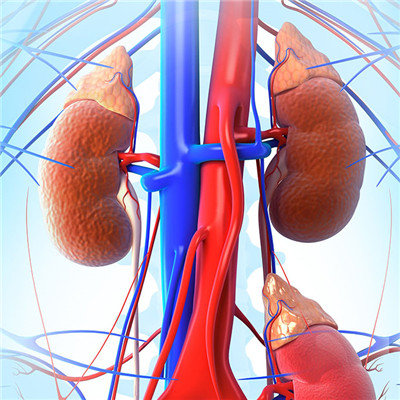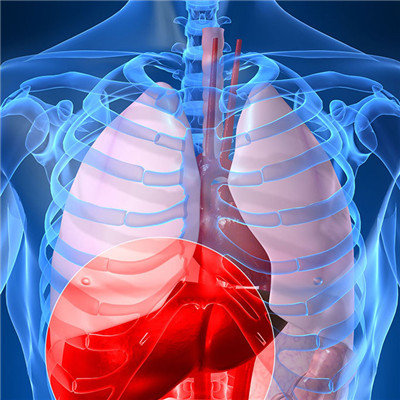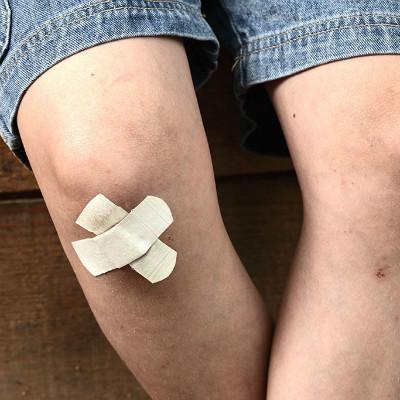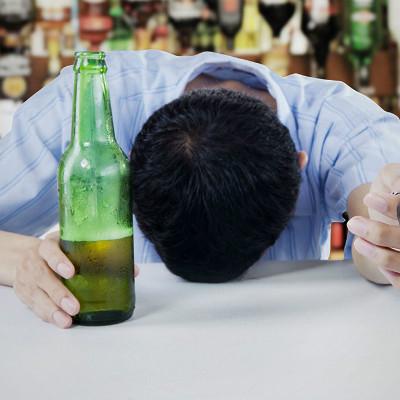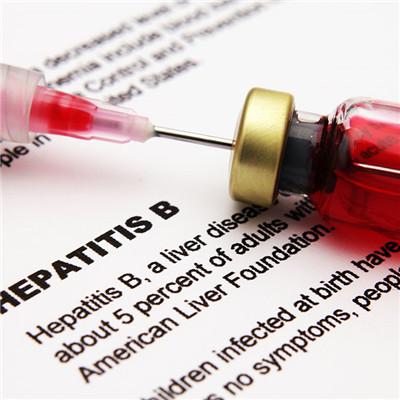Symptoms of hyperosteogeny
summary
Hyperosteogeny is more common in middle-aged patients. The common types are vertebral hyperosteogeny, lumbar hyperosteogeny and knee hyperosteogeny. The causes are obesity, injury, age and so on. Hyperosteogeny is usually polyarthritic, and a few are monoarthric. It is a kind of insidious and persistent pain, often after strenuous activities. More rest can relieve symptoms. However, because of sleep, patients often wake up with pain. When they wake up in the morning, most of them will feel bone stiffness. It will be better after more than ten minutes, and the activity will improve. After the development of the disease, there will be joint deformities, rest will be painful, holding heavy things will also be painful, functional disorders.
Symptoms of hyperosteogeny
Prevention first: to avoid long-term strenuous exercise, appropriate physical exercise. Strenuous exercise is one of the basic reasons for inducing bone hyperplasia, which is not to say that it can be prevented without exercise. Proper exercise can promote cartilage metabolism and effectively prevent bone hyperplasia.

Weight is also one of the basic causes of bone hyperplasia. The increase of age can not be controlled, and the control of weight is a feasible scheme. Too heavy weight, it will increase the friction between the bones, so that the force on the articular cartilage surface is uneven. Therefore, weight loss can reduce the pain caused by bone hyperplasia

The joints are stiff. After a short rest, the patient can make the joint more stiff, which is called "gelatinization". It's a kind of elastic stiffness. The patient complained of "difficulty in starting after sitting for a while". Finger or large joint stiffness can seriously affect function, but unlike rheumatoid arthritis, stiffness after waking up is not particularly obvious or lasting.

matters needing attention
The most important and basic treatment of hyperosteogeny is to reduce the weight-bearing and excessive large-scale activity of joints, and to cherish the diseased joints, so as to delay the process of disease. Obese people should lose weight in order to reduce the load of joint and delay the development of disease.
